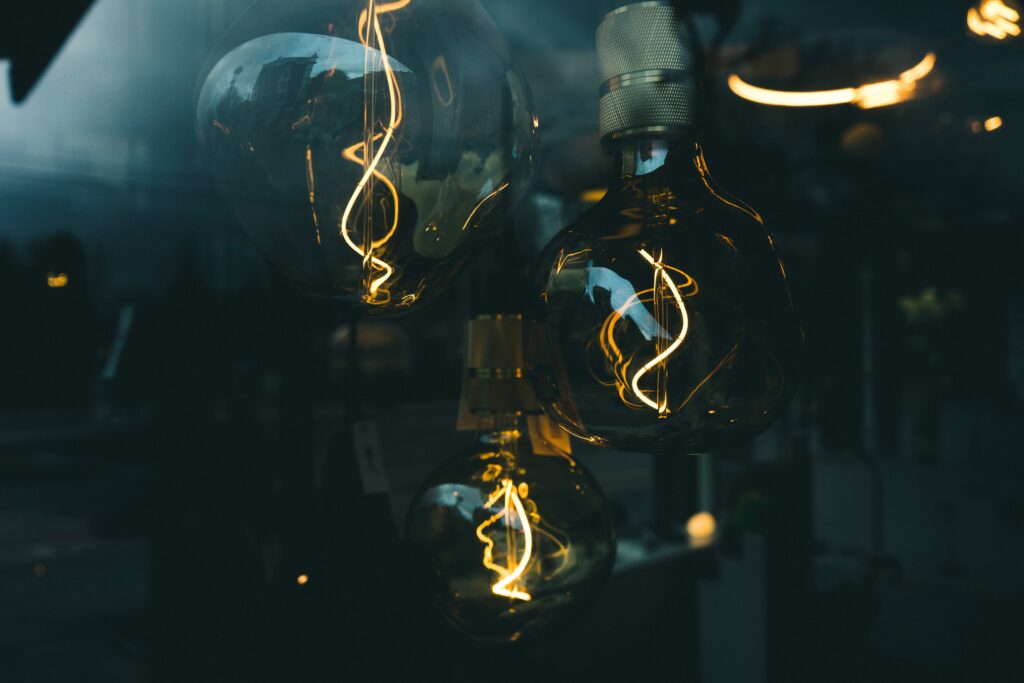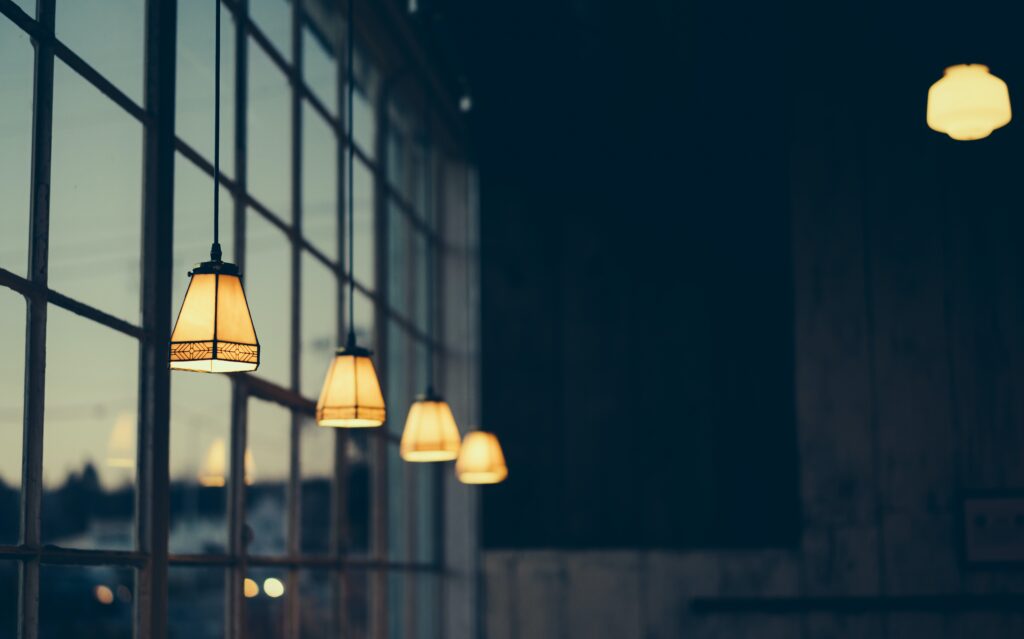Lighting plays a crucial role in enhancing the overall ambiance and aesthetics of a space. By strategically using various lighting techniques, you can transform any room into a welcoming and visually appealing environment.
In this article, we will explore the importance of lighting in space enhancement, different types of lighting for various purposes, lighting fixtures and styles, placement and layering techniques, energy efficiency considerations, and more.
Importance of Lighting in Enhancing Space
Setting the Mood and Atmosphere
Lighting has the power to set the mood and create a desired atmosphere in any space. Soft, warm lighting can evoke a cozy and intimate ambiance, perfect for bedrooms or living rooms. Bright, cool lighting can promote focus and productivity, ideal for offices or workspaces. By carefully choosing the intensity and color temperature of the lighting, you can enhance the desired mood of the room.
Highlighting Architectural Features
Proper lighting can accentuate the architectural features of a space, such as exposed brick walls, decorative moldings, or unique ceiling designs. By using lighting fixtures strategically, you can draw attention to these elements and create a visually captivating environment. Lighting can add depth and dimension to the space, making it more visually interesting and dynamic.
Creating Visual Interest
Lighting can be used as a design element itself to create visual interest and focal points. Unique and eye-catching light fixtures can serve as artistic statements, adding a touch of personality to the space. Additionally, carefully placed accent lights can highlight artwork, sculptures, or other decorative pieces, further enhancing the visual appeal of the room.

Types of Lighting for Different Purposes
To achieve optimal lighting in your space, it’s important to consider different types of lighting that serve various purposes. Here are three main types of lighting:
Ambient Lighting
Ambient lighting, also known as general lighting, provides overall illumination to a room. It ensures a comfortable level of brightness and serves as the primary source of light. Examples of ambient lighting include ceiling-mounted fixtures, recessed lights, or chandeliers. It creates a base level of lighting that sets the stage for other lighting layers.
Task Lighting
Task lighting focuses on providing ample illumination for specific activities or tasks. It is designed to reduce eye strain and enhance productivity in areas where detailed work is performed. Examples of task lighting include desk lamps, under-cabinet lights in kitchens, or reading lights next to a chair. Task lighting should be adjustable and directed to the task area to avoid shadows or glare.
Accent Lighting
Accent lighting is used to highlight specific objects, architectural features, or artwork in a room. It adds depth and creates visual interest. Accent lighting can be achieved through spotlights, track lights, or picture lights. It brings attention to focal points and adds a layer of drama and sophistication to the space.

Lighting Fixtures and Styles
Choosing the right lighting fixtures and styles can significantly impact the overall aesthetic of your space. Here are a few popular options:
Chandeliers and Pendant Lights
Chandeliers and pendant lights are elegant statement pieces that can elevate the visual appeal of any room. They are available in a wide range of styles, encompassing modern and minimalist designs as well as ornate and traditional ones. Chandeliers are often used in dining areas or entryways, while pendant lights can be hung in clusters or individually to provide focused lighting and add a stylish touch to kitchens or living areas.
Track Lighting
Track lighting offers versatility and flexibility in directing light to specific areas. It comprises a sequence of adjustable light fixtures that are mounted on a track. This type of lighting is ideal for highlighting artwork, architectural details, or creating a layered lighting effect in spaces with high ceilings.
Wall Sconces
Wall sconces are decorative lighting fixtures that are mounted on walls. They provide both functional and aesthetic lighting. Wall sconces come in a wide range of styles, from sleek and modern to vintage and rustic. They can be used to frame a mirror, illuminate hallways, or provide soft ambient lighting in bedrooms or living rooms.
Placement and Layering of Lights
Proper placement and layering of lights are essential for creating a well-balanced and visually appealing lighting design. Here are some key considerations:
General Lighting Placement
For ambient lighting, place fixtures in the center of the room or evenly spaced throughout the space to ensure uniform illumination. If using recessed lights, space them apart to avoid creating a grid-like pattern. Consider the size of the room and the height of the ceiling when determining the number and placement of general lighting fixtures.
Task Lighting Placement
Position task lighting sources, such as desk lamps or under-cabinet lights, to directly illuminate the specific task area without casting shadows. Adjustability is crucial to cater to individual needs and preferences. Place task lighting where it will be most effective, such as over a desk, kitchen counter, or reading nook.
Accent Lighting Placement
When using accent lighting, aim the light at the desired object or architectural feature to create a focal point. Experiment with different angles and distances to achieve the desired effect. In the case of artwork, position accent lights to minimize glare and ensure proper visibility of the piece.

Energy Efficiency and Smart Lighting
Considering energy efficiency in lighting design not only benefits the environment but also reduces energy costs. Here are some energy-saving options to consider:
LED Lighting
LED (Light Emitting Diode) lights are highly energy-efficient and have a longer lifespan compared to traditional incandescent bulbs. They consume less energy, produce less heat, and come in various color temperatures. LED lighting is versatile and can be used for ambient, task, or accent lighting.
Dimmers and Sensors
Installing dimmer switches allows you to adjust the brightness of the lights according to your needs and mood. Dimming the lights not only saves energy but also provides more control over the ambiance of the space. Motion sensors or occupancy sensors can automatically turn off lights when no one is present, further optimizing energy usage.
Smart Lighting Systems
Smart lighting systems offer advanced control and automation features. They can be controlled remotely through smartphones or voice-activated devices, allowing you to adjust lighting settings, create schedules, or integrate with other smart home devices. Smart lighting systems offer convenience, energy efficiency, and the ability to customize lighting scenes to suit different activities or moods.
Conclusion
Lighting is a powerful tool in enhancing the atmosphere and visual appeal of a space. By understanding the different types of lighting, choosing the right fixtures and styles, and considering placement and layering techniques, you can create a well-lit and aesthetically pleasing environment. Don’t forget to prioritize energy efficiency and explore smart lighting options for added convenience and control. With the right lighting design, you can truly enhance your space and create an inviting atmosphere for any occasion.
FAQs
1. How can I create a cozy atmosphere with lighting?
To create a cozy atmosphere, use warm, soft lighting with lower color temperatures. Incorporate table lamps or floor lamps with shades that diffuse the light. Consider using dimmers to adjust the brightness to a comfortable level.
2. What are the best lighting options for a home office?
For a home office, prioritize task lighting. Use a desk lamp with adjustable brightness and directionality to avoid glare and provide ample illumination for work tasks. Consider incorporating natural light through windows or skylights to reduce eye strain.
3. How can I highlight artwork with lighting?
To highlight artwork, use adjustable accent lights, such as track lighting or picture lights. Position the lights at a slight angle to avoid glare and create shadows that enhance the texture and dimension of the artwork.
4. Are there any eco-friendly lighting options available?
Yes, LED lighting is an eco-friendly option. LED bulbs consume less energy, have a longer lifespan, and do not contain harmful materials like mercury. They are highly energy-efficient and can significantly reduce energy consumption.
5. Can I install smart lighting in my existing home?
Yes, you can install smart lighting in your existing home. Many smart lighting systems are designed to be compatible with standard fixtures and can be easily integrated into your current setup. Just ensure that your existing bulbs are compatible with the smart lighting system you choose.
